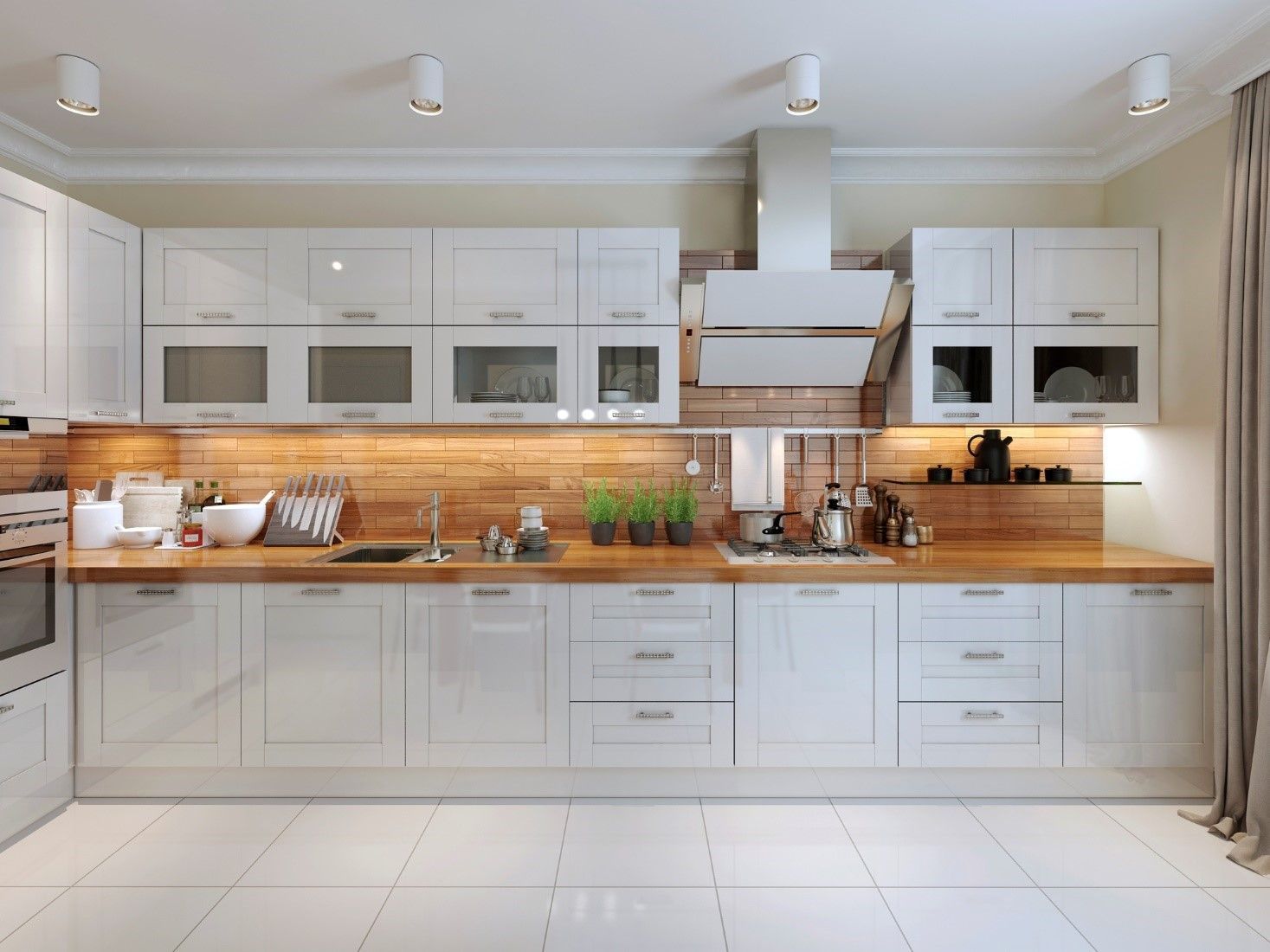What To Know About Low-E Glass
Most of the energy loss in your home occurs through doors and windows. To block heat entry in the summer and lower heat loss in winter, glass manufacturers offer glass with a special coating. This type of glass is called low-emissivity (low-E) glass and can help improve your home's comfort and functionality. Here is a guide about low-E glass.
What Is low-E glass?
Low-E glass has a metallic oxide coating that affects some light waves but not others. The glass reflects radiant energy but allows light to pass through. In particular, low-emissivity glass blocks UV rays and allows shortwave light to pass through. UV rays can warm your home but they can also burn your skin.
The performance of your low glass depends on various factors, including light-to-solar gain, solar heat-gain coefficient, and visible light transmittance. Your choice of low-E glass will depend on your area's climate.
Soft-coat low-E glass is perfect if you live in a cold to hot climate, as it can cool air in the room and deflect warm air from the outside. On the other hand, hard-coat low-emissivity glass is ideal for people who live in extremely cold climates as it can prevent heat loss from the interior.
What Are the Types of Low-E Glass?
The main types of emissivity glass are solar and passive coatings. Each of these two types of coatings has different manufacturing processes and works differently.
During the manufacture of soft coating, the manufacturer will fill a vacuum chamber with electrically charged inert gas. They will then add various materials, such as zinc and silver. Finally, the manufacturer will apply this mixture onto the glass to form a soft layer. The soft coating creates a solar coat that reduces radiant heat entering your home.
The other manufacturing process is called hard-coating and involves combining glass sheets with molten tin. This creates a strong passive coating that can withstand scratching and force. The passive coating allows solar heat to pass through and warm the home in winter.
Which Side of the Glass Should Have the Coating?
You can only install a coating on one side of the low-emissivity glass. If your house has single-pane windows, place the low-E coating to face the indoors. If the coating faces the outdoors in a single-pane window, pollutants and weather can accumulate on the surface and damage the window. You may also have difficulties washing your windows if the low-E coating is facing the outdoors.
For double-glazed windows, the coating can be on any side of the glass. If your target is to keep your home cool, place the coating on the inside-facing surface. But if your target is to retain heat in the house, the coating should be on the outside-facing surface of the windowpanes.
What Are the Benefits?
Homeowners can expect the following benefits when they use low-emissivity glass:
- Low-E coating can withstand damage and serve your home for a long time.
- The coating can prevent heat transfer between the inside and outside of the house, minimizing heat loss from your home.
- The reduction of heat loss significantly reduces your energy bills and results in massive cost savings.
- The Low-E coating is invisible, and most people who visit your home won't see it.
- The coating protects your furniture and flooring material from damage by UV rays.
- Protects your skin from the harmful effects of UV rays
However, low-emissivity glass may be more expensive than traditional glass. You may also have to install double-pane glass windows for the low-E coating to help you.
Glass has many applications in your home and office. If you are looking for high-quality glass,
Concord & Antioch Glass, Inc.
can help you. We offer residential glass, window replacement, and cabinet door services. Contact us today to receive a free estimate.
BUSINESS INFORMATION
PHONE: 925-777-9191 | FAX: 925-777-9009
ADDRESS: 1207 Auto Center Drive Antioch, CA 94509









